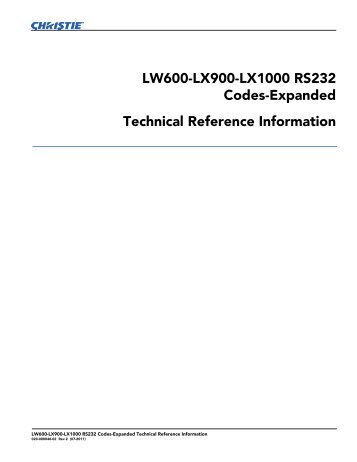Breaking News
Cctalk Serial Communication Protocol
пятница 04 января admin 66
So, you want to attach a payment device to your embedded or PC based machine and don’t know a thing about which device and protocol to use. These are the most common protocols used, I have tested more or less all of them: Serial pulse protocol Mostly used on vending or kiddie ride machines where there is no big amounts of money involved. A common configuration is with one data output that sends one pulse per major / minor currency unit and one input to disable the acceptance. Some have individual inputs to enable each coin or bill channel.
MDB's 9bit serial communication became a pain. MDB protocol says peripherals should have%5 tolerance for serial communication timing however different peripheral vendors have different tolerances, not compliant with MDB protocol. When you think that you have accomplished serial communication but try a different vendor's payment peripheral, it.
On coin hoppers there is an input that runs the hopper motor and an output that send a pulse for each coin paid. The host knows how many coins/bills were paid or accepted by counting the pulses. This can be problematic on higher value bills or coins, for a 100 Eur bill 100 pulses must be sent, the probability that an error occur is pretty high. There is no error recovery, some security can be reached by tightening the acceptable pulses width error accepted.

Most low price coin and bill acceptors have this protocol available by firmware or dip-switch or other settings. At a minimum only one data input is needed on the host machine. Parallel pulse protocol Only for coin and bill acceptors.
Is the same as the the pulse protocol but each coin have it’s own output, this way the time to read a 5 Eur bill is the same as for a 100 Eur bill. The down side of this is that the host machine will need one input for each bill / coin channel. If you use also the individual enable inputs you will have a large data bus, with large connectors. The security is somehow higher due the redundancy in the data received by the host machine.
Binary serial Uses a RS232 or TTL levels RS232 to send a byte for each bill accepted. For simplicity can be the bill/coin value like 0x05 for 5 Eur 0x0A for 10 Eur, 0x32 for 50 Eur and so on or the bill / coin channel like 0x01 for 5 Eur, 0x02 for 10 Eur and so on. The security is still pretty low but it’s fast and at a minimum needs only one data wire. Binary parallel Is a variant of parallel pulse protocol where a the outputs are valid only on the edge of a clock line, this allow using combinations to represent the bill channel so 16 bills can be signaled using 4 data outputs and a clock line. MDB serial protocol Is a serial protocol designed for vending machines, the security is pretty high with error recovery, many kind of devices can be driven including cashless audit and age verification devices. It uses optically insulated RX and TX which is good for the noise protection RS232 like 9600, 9 bits no parity 1 stop bit.
It uses a simple checksum to check the integrity of the data packets A drawback is that it uses 9’th bit signalling that isn’t supported by most PC operating systems. As a workaround the serial port must be reset at the runtime or some kind of translation hardware interface must be used.
Denzinger enchiridion symbolorum pdf writer. In exchange most micro controllers have special features to easily detect and use the 9’th bit signaling. Download harvest moon for pc. The voltage supplied by the MDB connector must be around 34 V or the peripheral must have it’s own power supply.There is also support in the protocol for power management. The protocol specifications are freely available from NAMA ID003 serial protocol Is a proprietary protocol owned by JCM used only for bill acceptors and bill changers.
Is widely spread in the gaming industry. It also uses optically insulated RX and TX lines at 9600 bauds 8 bit data 1 even parity bit and an optional hardware reset line. Can be run over serial to USB converters. The integrity of data packets is protected with a CRC16 check-sum. There is no recommended connector or power supply voltage, each producer uses it’s own version. The specifications can only be obtained from JCM after signing a non disclosure agreement.
